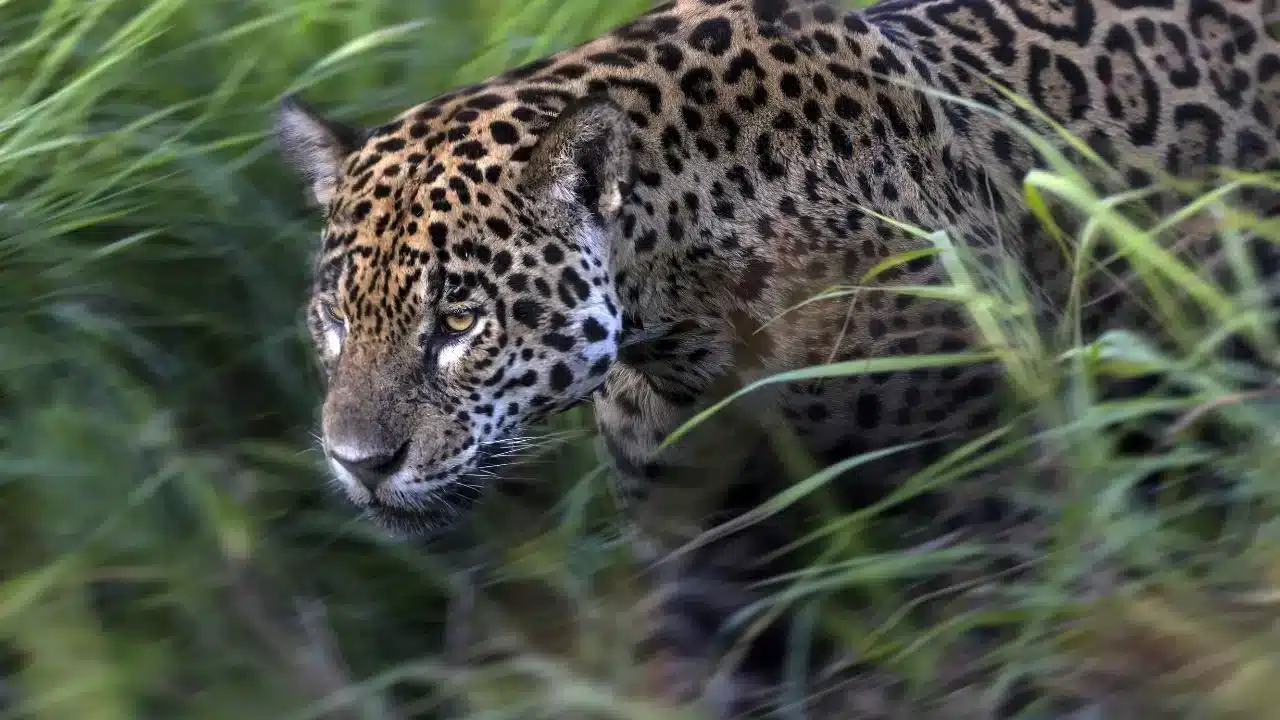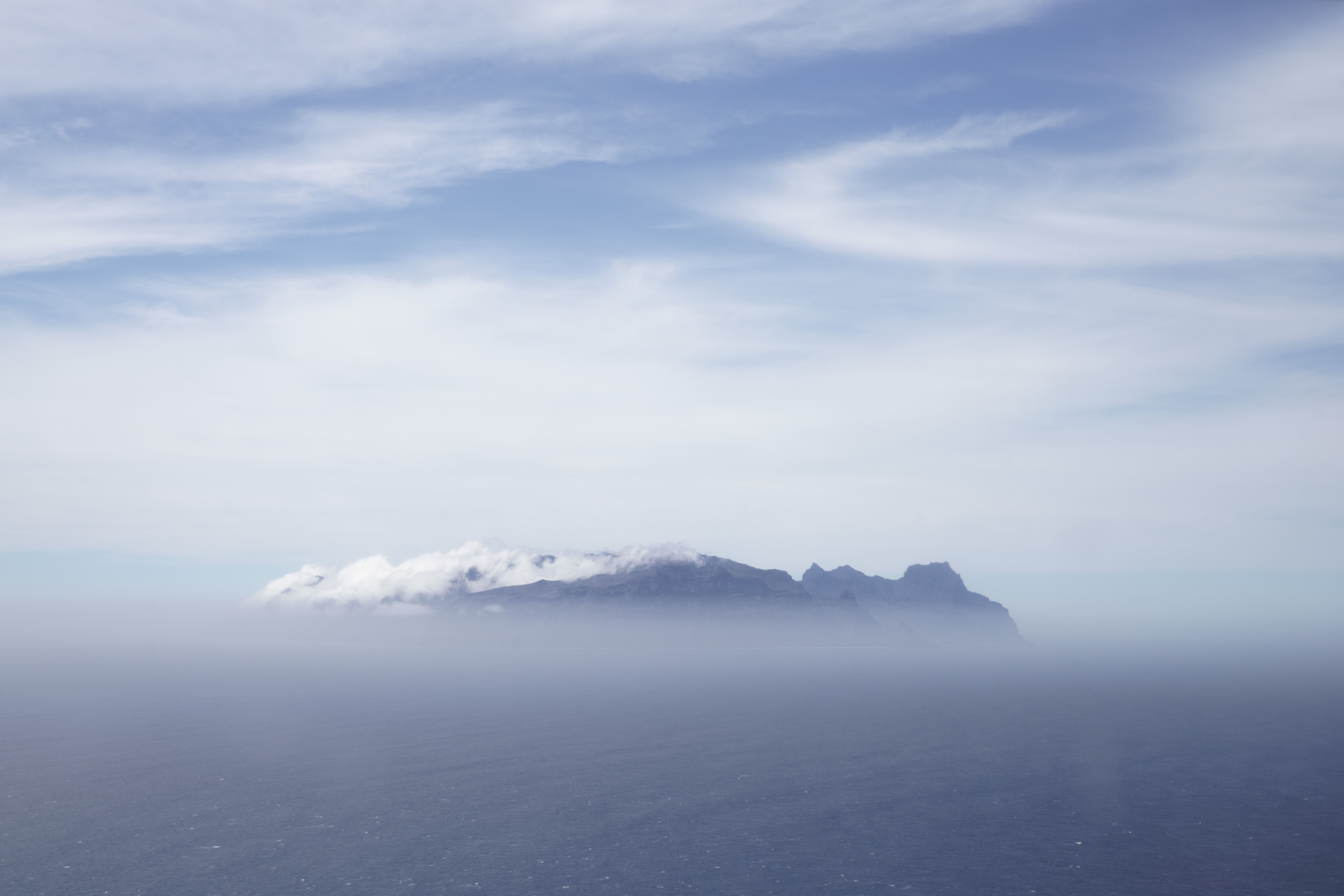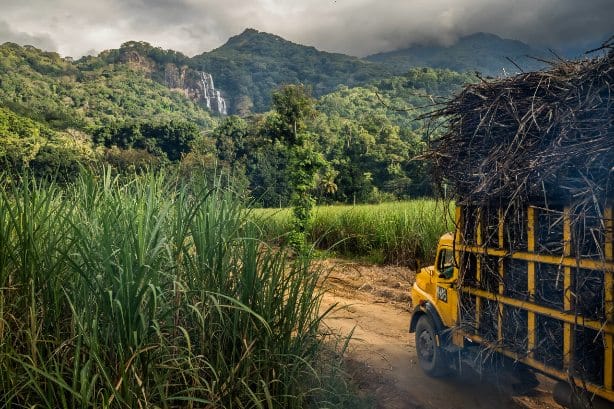As part of the photographic mission In the Name of Biodiversity, photojournalist Frédéric Noy, a renowned specialist in environmental and geopolitical issues, spent several months immersed in this threatened natural area.
Tanzania, in East Africa, is home to 22 national parks. Udzungwa, located in the centre of the country, boasts one of the richest biodiversities on the African continent within just 2,000 square kilometres. Its waterfalls, including the Sanje Falls which plunge from a height of 170 metres, naturally irrigate the entire region.
Last year, more than 1.5 million people visited Tanzania’s parks, particularly the famous Kilimanjaro, Arusha, and Serengeti. However, only 8,000 made their way to Udzungwa, located in the heart of the country.
And yet, it was in these mountains, covered in dense tropical vegetation, that the last known species of monkey, the Kipunji (Rungwecebus kipunji), was discovered in the early 2000s. But there are no lions, no rhinos, no leopards… so tourists tend to overlook it. For scientists, however, it remains one of the most vital sanctuaries to protect: this territory of just 2,000 square kilometres harbours one of the richest biodiversities in Africa. Its waterfalls, including the 170-metre-high Sanje, naturally nourish the surrounding lands.
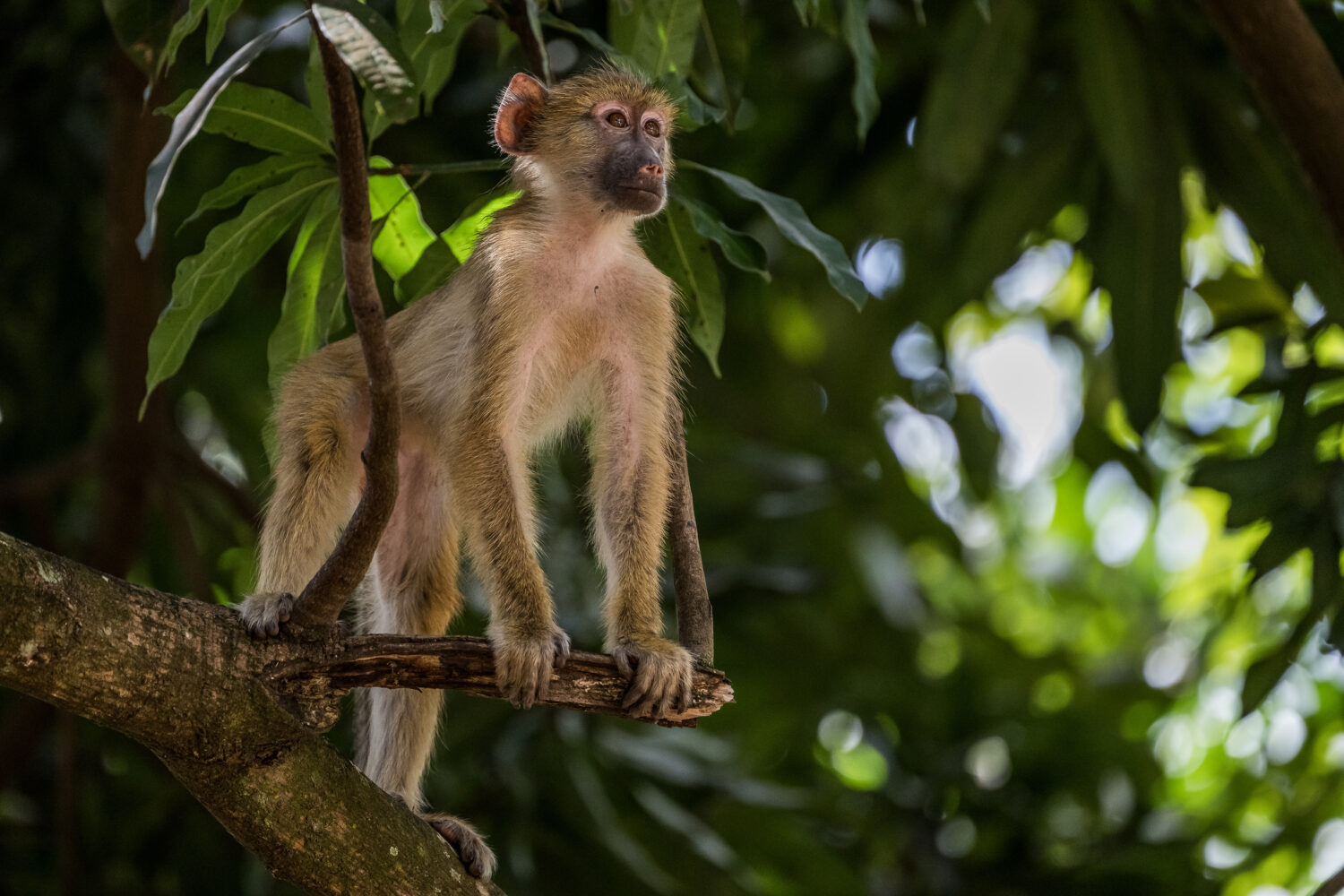
What led you to choose Udzungwa National Park in Tanzania as the subject for this photographic report?
“I’ve worked and lived in Tanzania a great deal, and I wanted to return to develop a story there. At the same time, the Yves Rocher Foundation was also keen to highlight the biodiversity sanctuary of Udzungwa. What interested me particularly was exploring the relationship between the local communities and this sanctuary. In the past, they had access to it for wood gathering or hunting; today, that is forbidden. Yet they still live around it.
I also wanted to question the idea of conservation: on one hand, there’s the sense of eternity symbolised by a 100-million-year-old primary forest; on the other, there’s the immediate present, the day-to-day life where one must meet their needs and those of their family. For me, the entire interest of this subject lies in that tension between timelessness and immediacy.
The commission from the Yves Rocher Foundation gave me the opportunity to carry out this project in the way I like best: over the long term. I devoted over five months to it, spread across three separate trips, to capture a range of perspectives over different seasons. That long timespan, that density, that’s precisely what the Foundation’s support makes possible.”
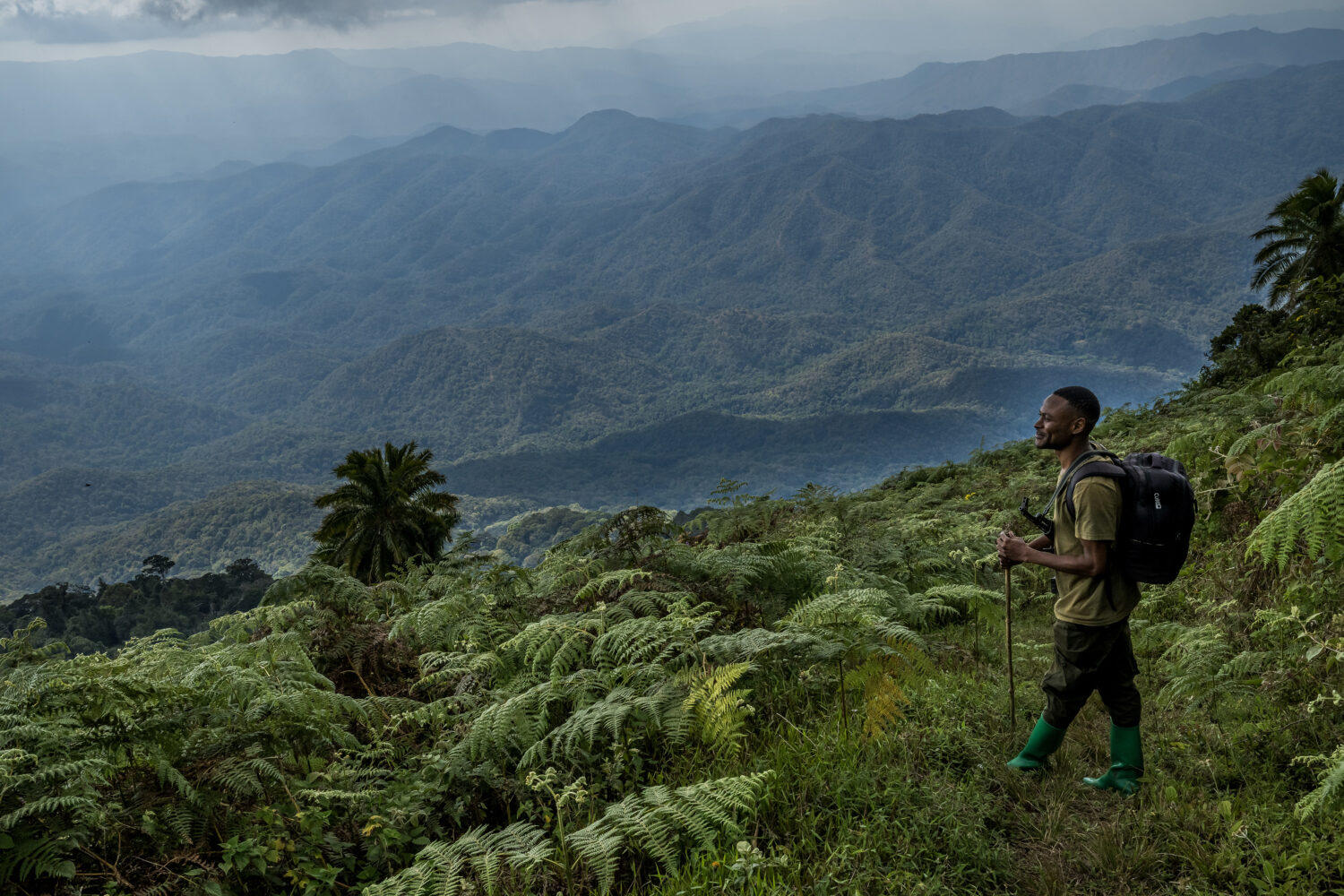
How did you collaborate with local communities and organisations such as Mazingira to document this reality?
“In documentary photography, the most important thing for me is to disappear. To be there, but to have as little impact as possible on the story, the people, or the subject matter. Paradoxically, the more present you are, the more you become invisible: over time, people stop paying attention to you.
Collaborating with them first and foremost means living alongside them: sharing their daily lives, taking time to understand them, speaking with them, explaining my approach, coming back again and again. Being present in order to eventually vanish from their day-to-day existence. Essentially, one must be as present as possible in order to become as absent as possible.”
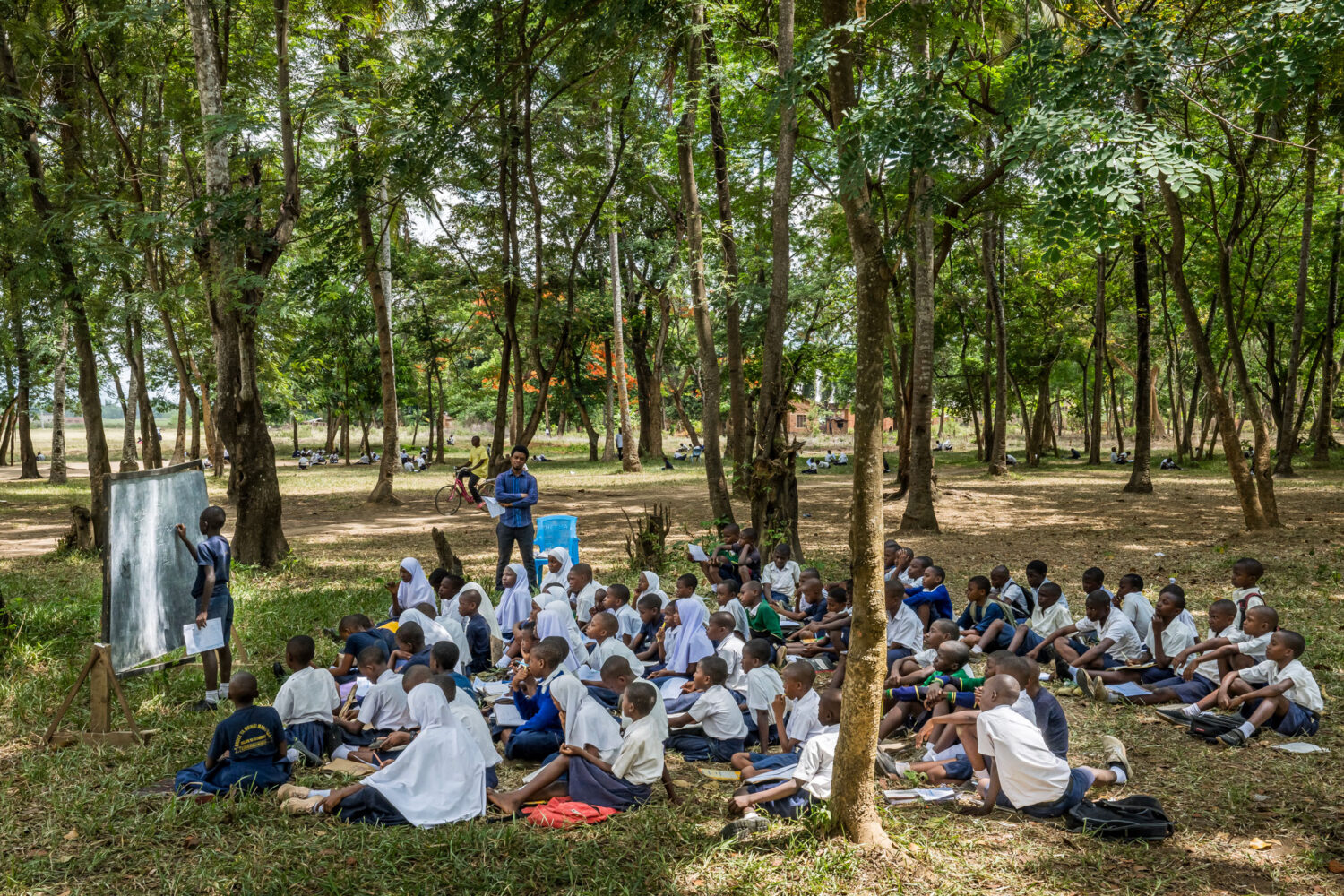
What were the main challenges you faced during your immersion in this remote region?
“The biggest challenge for me was the lack of existing literature on the area. Before any trip, I usually do a great deal of research: I look for what’s already been written, studied, photographed… But here, about these mountains, about this park, which is only a small part of the broader Udzungwa region, there was very little. So it was difficult to anticipate the angles of the story, to know what I would be speaking about, or even to identify the right contacts. On site, there were hardly any NGOs, just one, which I had to track down, along with a few researchers and specialists who could shed light on the subject. I was starting from scratch.
My first stay, after a month or two of research, was mainly about meeting those people and beginning to build the narrative. Added to that were the logistical challenges of such an isolated place: where to sleep, how to find food, how to get around, where to find a guide… all challenges I had to overcome one by one. That’s also why I need time: to settle in, to understand the social fabric, and to truly grasp what’s happening on the ground.”
Also as part of this mission, discover the photographic work of Brent Stirton in the Pantanal, and Mélanie Wenger in the French Southern and Antarctic Lands.
The photographs from this mission are on display at the La Gacilly Photo Festival until 5 November 2025 and at the Frans Krajcberg Space until 14 October 2025.
Learn more about
